11 PRO Low Light Photography Tips for Stunning Images
When we hear about low light photography, the first thing that comes to our mind is night photography. Low light conditions happen not only during the night but also during many other times of the day. Many struggle to capture good pictures in low light conditions. I have photographed many images in low light conditions. I will share all the tips that I use to get the best results. You can also use these tips to ensure to get good images in low light next time.
First, let us see the different low light conditions that we will encounter while photographing a subject.
Different Low Light Photography Conditions
1. Night Time
During this time, we can only see the bright subjects or the ones that get illuminated by artificial lighting.
2. After Sunset
This is the time after the golden hour of photography. Good time to try long exposure photography with artificial lights.
3. Dark/ Shady Areas in Daylight
In this case, we will be shooting indoors with less light or no light entering the room.
11 Best Low Light Photography Tips
Now, we will have a look at the different low light photography tips that professionals use to capture their images.
1. Shoot with Wide Open Aperture
When the light is low, the best option is to go for a wide-open aperture. It corresponds to the lowest f-number/maximum aperture.
The lower the f-number, the higher will be the aperture opening. It will help you go with a higher shutter speed since more light enters the camera.
You can shoot in the aperture priority mode or manual mode. Both these camera modes allow you to set the desired aperture. Set the maximum aperture.
2. Set Shutter speed to match with Subject Speed
One main reason for blurry or unfocussed images during low lighting conditions is the slower shutter speed. So, getting the right shutter speed is necessary to capture good images.
You need to select a shutter speed that is good enough to freeze the motion of the subject in the frame.
Two things decide the minimum shutter speed to avoid a blurry image.
2.1 Focal length of Lens: Here, the basic rule would be to use the shutter speed which is reciprocal of the camera’s operating focal length. Say, you are using a 70-200mm lens to shoot a subject at 100mm, then you should go for a minimum shutter speed of 1/100 to avoid camera shake or blurry image. This is the reciprocal law.
2.2 Full Frame Camera versus Half frame camera: This factor decides, whether you need to add any multiplication factor to the focal length. Suppose you are using a full frame camera then you don’t have to use a multiplication factor. If you are using a half-frame camera then you need to multiply the focal length with the crop factor to get the minimum shutter speed. For a half-frame camera with a crop factor of 1.6x, the minimum handheld shutter speed would be 1/160 ~ 1/200.
3. Increase the ISO
You must also increase the ISO. Don’t be afraid to bump up this value. But make sure not to go with extreme values.
Increasing the would result in increasing the noise in your image. It will appear in the form of grains. We will have to increase the ISO to a level to ensure that we get the correct exposure.
Also, you need to understand the noise levels at different ISOs for your camera. You must able to remove the grains in the picture using any good denoising software like Topaz DeNoise AI without losing details.
4. Use Camera/ Lens with Image Stabilization
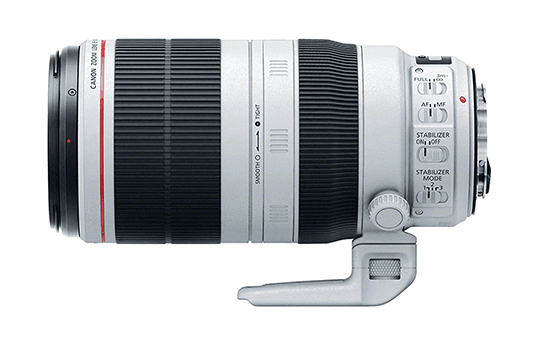
There are cameras in the market that come with built-in body stabilization. Some camera lenses also come with an Image stabilization feature.
If your camera and lens support it, make sure to enable it while shooting in low light. It will help you shoot at slightly lower shutter speeds without image blur.
Different camera brands use different names for image stabilization. It is IS (Image Stabilization) in Canon, Vibration Reduction (VR) in Nikon, and Optical Stabilization (OS) in Sony cameras.
5. Use a Fast Lens
If you have multiple lenses, it is always good to use a fast lens for low light photography.
A camera lens that comes with a maximum aperture opening is called a fast lens. The large opening in this lens allows more light to enter the camera sensor.
Thus, you will be able to get a good shutter speed and low ISO values for correct exposure in low light conditions. It allows you to freeze the subject with less noise in the image.
Camera lenses that come with maximum aperture opening of f/1.2, f/1, f/1.8, f/2.8 are fast lenses.
6. Right Camera Holding technique
When you shoot in low light, make sure to use the right camera-holding technique. Always make sure that the camera is in a stabilized position.
You can follow my technique (below):
6.1 Use the Palm of your Left Hand to hold the bottom of the lens or the camera.
6.2 Keep the elbows closer to your body. You need to stabilize yourself also to get a good image.
7. Use a Tripod / Monopod
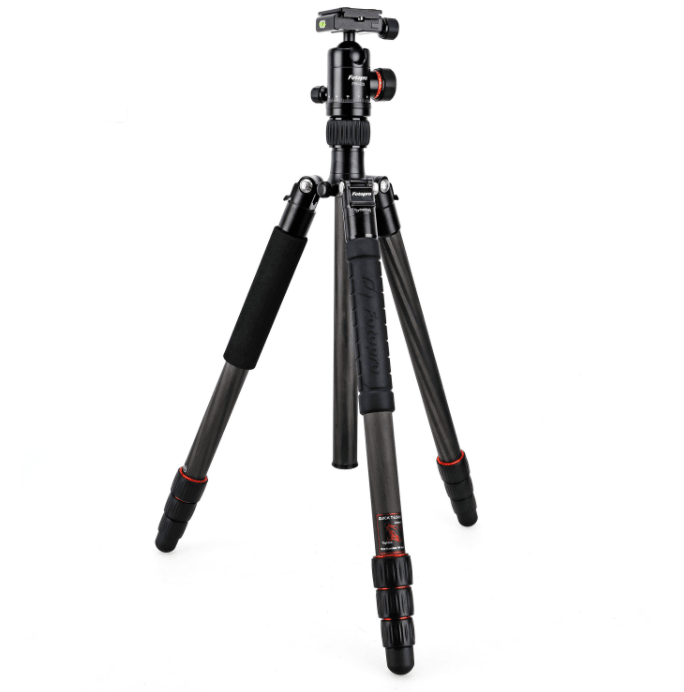
Many a time you will have to go with a slow shutter speed when the light is less. It is best to use a tripod or a monopod in such situations. It gives you more stability to capture the image.
A tripod is the best choice. But if you are not able to use one, even a monopod can help to avoid the camera shake. In the case of a monopod, we need to balance it properly.
When you do bird photography, you may have to trek some distance to get the shot. It will be tough to carry a tripod along with the camera in this situation.
8. Use Remote cable release or Time trigger
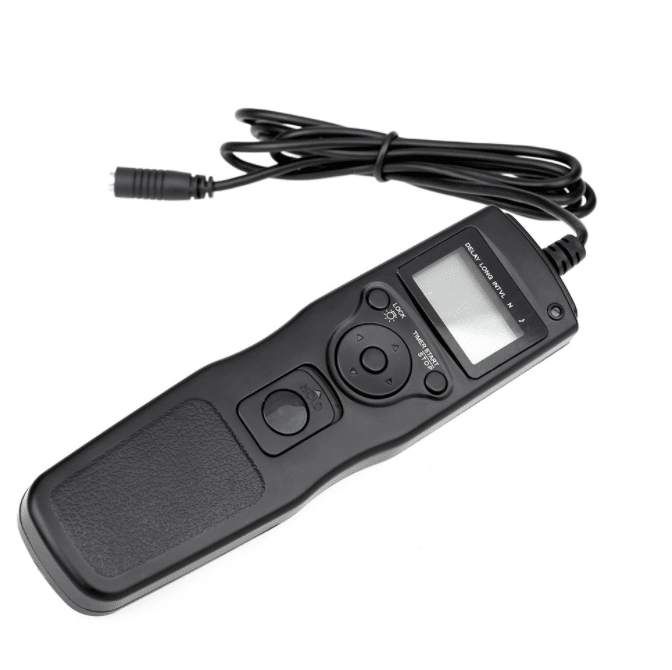
Remote cable release and time trigger can be very useful if you are doing a long exposure photography or night photography using a tripod.
Remote cable release make use of an additional cable and electronics. Connect it to the camera to trigger the shutter release, instead of using the inbuilt camera shutter button. This can remove the vertical shake caused by the camera’s shutter button. Setting in-built time delays for triggering the shutter is another option to avoid the vertical shake.
9. Capture in RAW
If the light condition is so poor that you are not able to get a decent image after trying all the above methods, then try under-exposing the image. Make sure to capture the image in RAW format, not in JPEG.
In RAW format, you will be able to recover the details from the image. You cannot recover it if it was shot in JPEG. Now the question would be, By how many stops the image should be under-exposed? It depends on the camera. So, understanding your camera is very critical to decide how many stops the image can be underexposed.
10. Autofocus Issues: Use Manual Focus
When it is too dark then there is a chance that the autofocus may not work. In this case try to use AF assist beam option, provided in the camera. But this is useful only if the subject is close. For far subjects, use torch light to get the subject in focus.
If you use a torch, then after auto focusing, make sure that the auto focus option is switched off so that camera will not try to refocus.
You can use manual focusing as the last resort. Most of the DSLR/ Mirrorless cameras will have this option on the lens. You can slide the AF/MF switch to enable manual focus. After doing that we need to adjust the focusing ring in such a way that the object appears sharp in the viewfinder. So, use manual focus for low light photography.
11. Use Inbuilt or External Flash
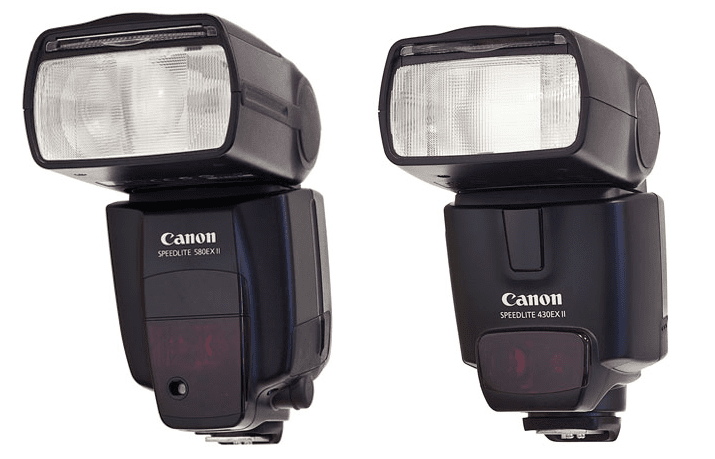
Another way of capturing good images in low light is to use the inbuilt camera flash or the external flash. Inbuilt camera flash will be useful if the object is near. Use external flash for a distant subject. This technique will add artificial light to the scene.
Please use a flash diffuser to get a soft light on your subject. Otherwise, it will result in an unpleasant image. Using flash is a good option when shooting in dark or at night. You can go for cheaper inexpensive flashes from Godox or Yongnuo instead of going for the expensive Canon and Nikon flashes.

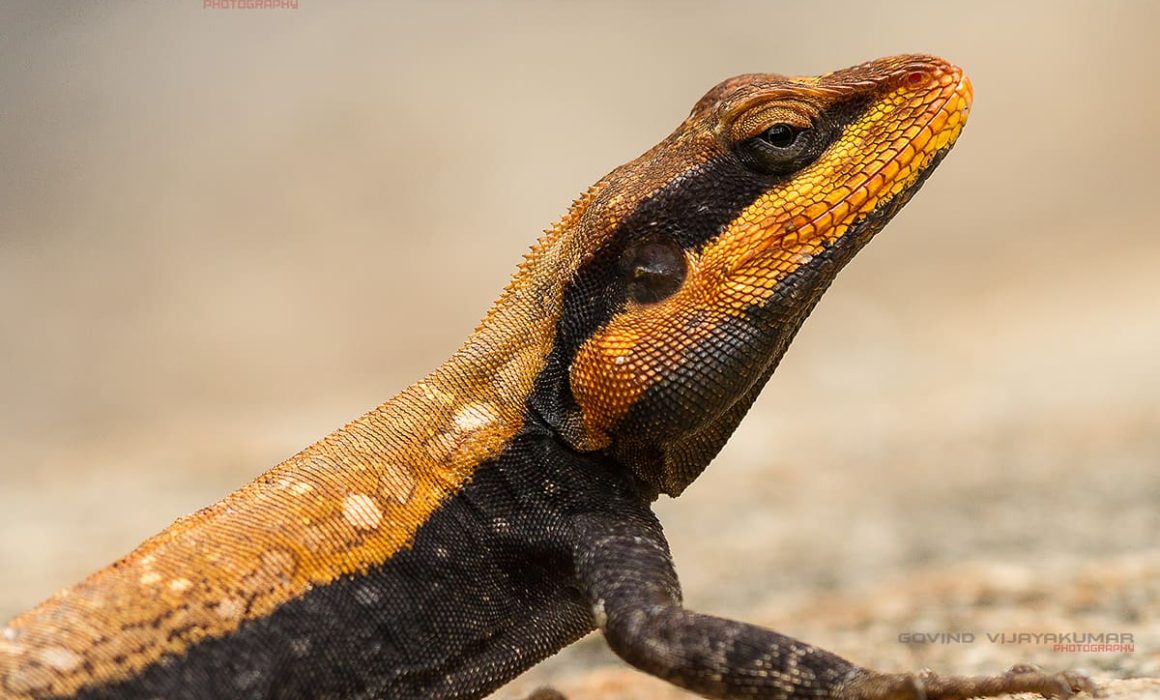
✌
Excellent, thanks for your precious information
Easy to understand Thanks ot ji…
This article. For low light photographing. Was really helpful
Wow 🙂
Thank you VK
Thank u bro..
Many many thanks for your precise information.